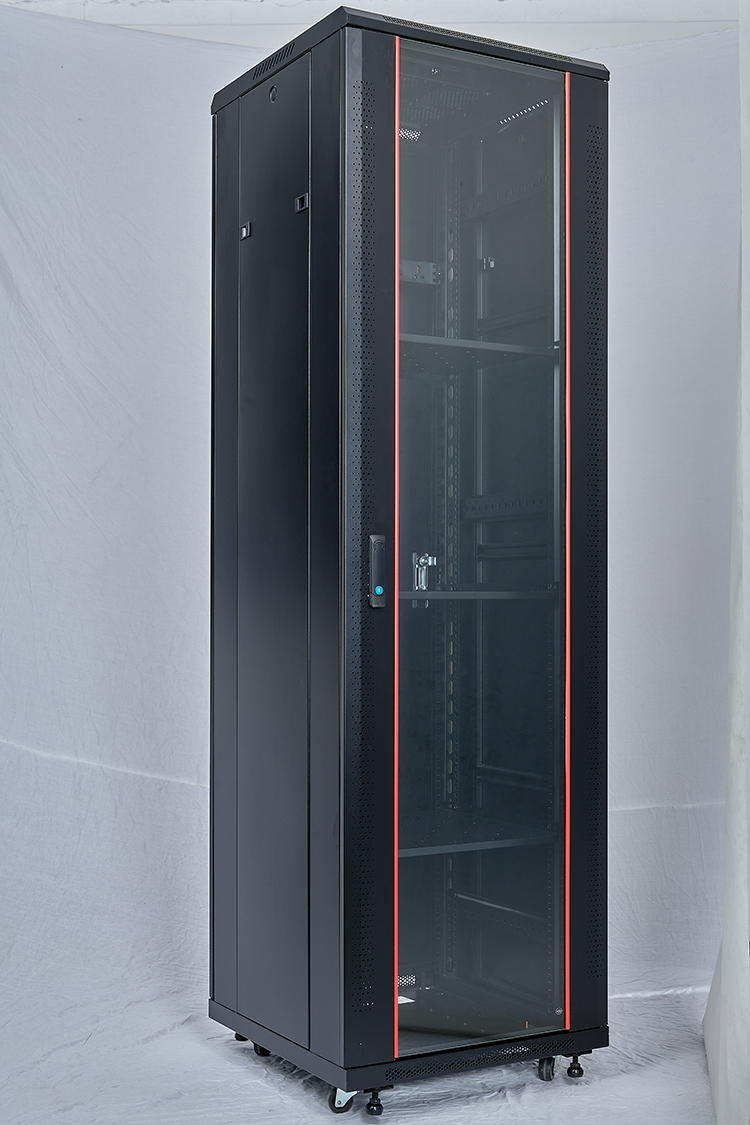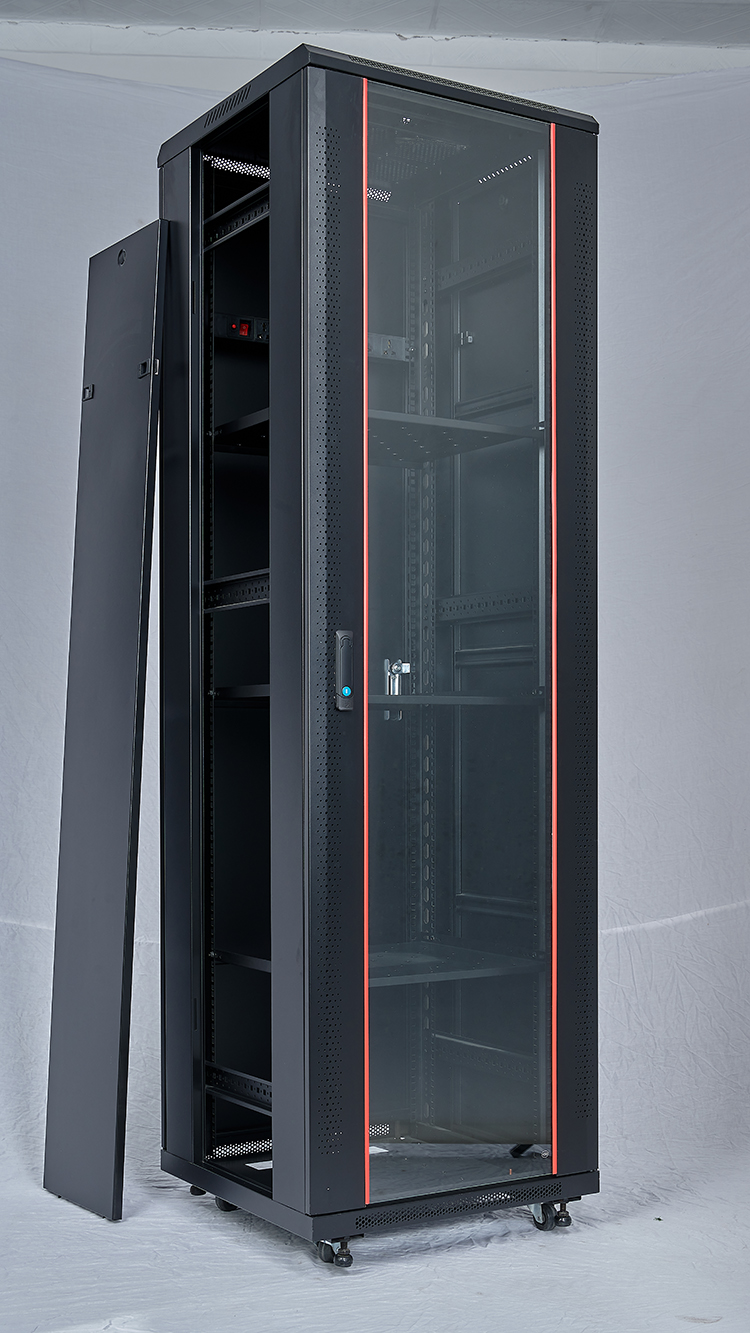
Server cabinets are core infrastructure for housing and managing server hardware, playing a critical role in maintaining smooth IT operations across businesses of all sizes. Unlike basic storage units, they are engineered to address the unique needs of servers—from heat control to security—making them indispensable for anyone relying on consistent data processing and network connectivity.
A primary function of server cabinets is heat management. Servers generate substantial heat during continuous operation, and unchecked temperatures can cause hardware slowdowns or permanent damage. Most server cabinets tackle this with built-in ventilation features: perforated front/back doors promote airflow, while some models include pre-installed fan brackets or space for cooling units. This passive or active cooling ensures internal temperatures stay within safe ranges, preserving server performance and extending hardware lifespan.
Security is another non-negotiable feature. Servers store sensitive data, so preventing unauthorized access is essential. Quality server cabinets come with lockable doors (often with key or combination locks) and reinforced side panels, keeping hardware protected from tampering, theft, or accidental damage. This is particularly important in shared workspaces or areas with regular foot traffic, where unmonitored equipment could be at risk.
Space optimization is also a key benefit. Server cabinets follow a standardized “U” measurement (1U = 1.75 inches), allowing users to stack servers, switches, and power distribution units (PDUs) vertically. Adjustable mounting rails let IT teams customize the layout to fit different equipment sizes, while cable management tools—such as built-in cable trays or tie-down points—reduce clutter. Organized cables not only make maintenance and troubleshooting easier but also prevent airflow blockages that worsen heat buildup.

When selecting a server cabinet, several factors need consideration. First, weight capacity: servers are heavy, so the cabinet must support the total weight of all installed hardware without bending. Second, depth: ensure the cabinet is deep enough to fit your longest servers, as mismatched depth can lead to poor airflow or unstable mounting. Third, compatibility with accessories—like PDUs for power distribution or blanking panels to fill empty U-spaces (which improve airflow).
For small businesses, a 18U to 24U cabinet may be sufficient, while larger enterprises might need 42U or taller models for extensive server arrays. Additionally, consider environmental conditions: if the cabinet will be in a dusty or humid area, look for models with enhanced sealing to keep contaminants out.
In short, server cabinets are more than just storage—they are a protective, organizing, and cooling solution for critical IT hardware. By choosing the right cabinet, businesses can minimize downtime, reduce maintenance costs, and ensure their servers operate reliably for years. Whether for a small office or a large data center, investing in a well-suited server cabinet is a foundational step for stable IT infrastructure.


